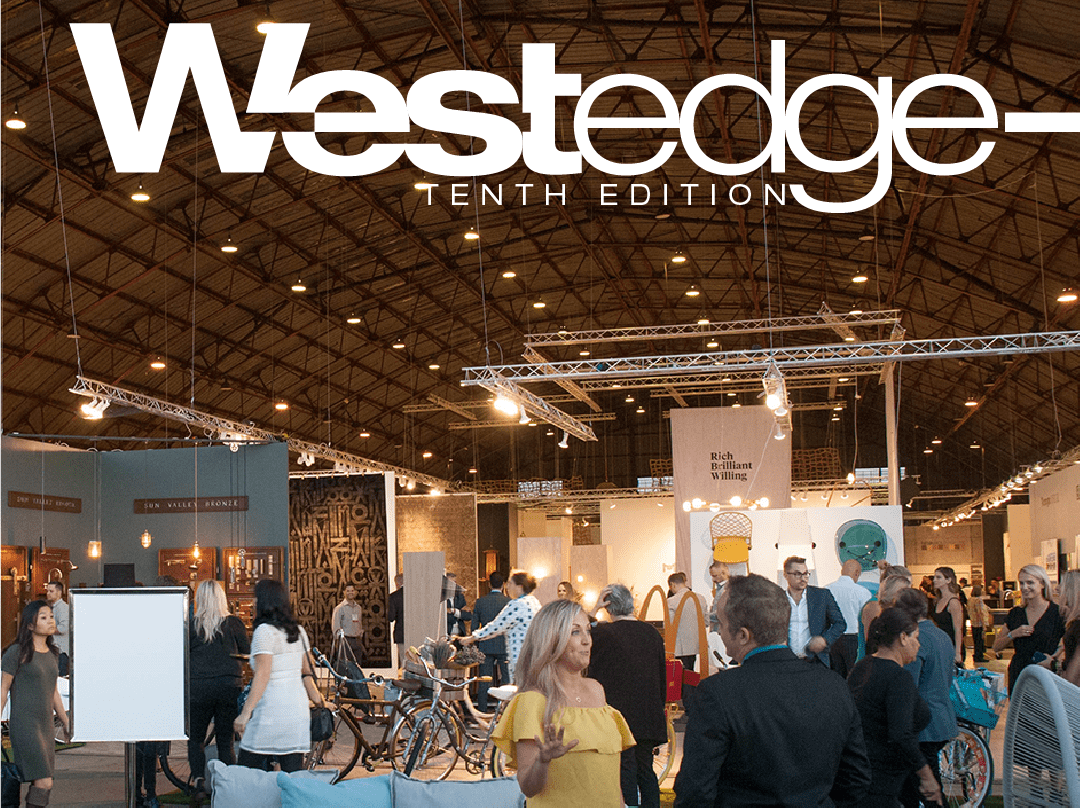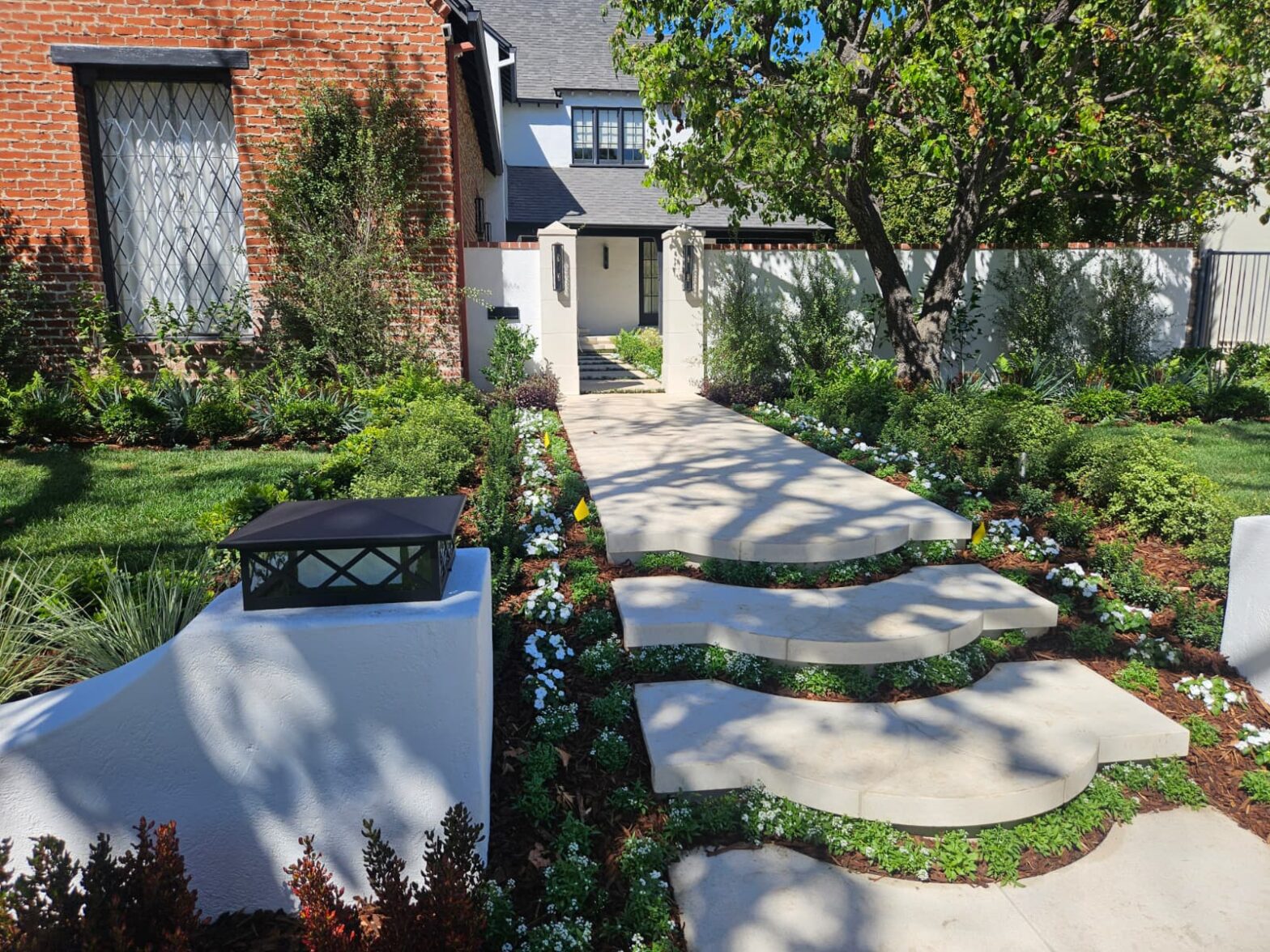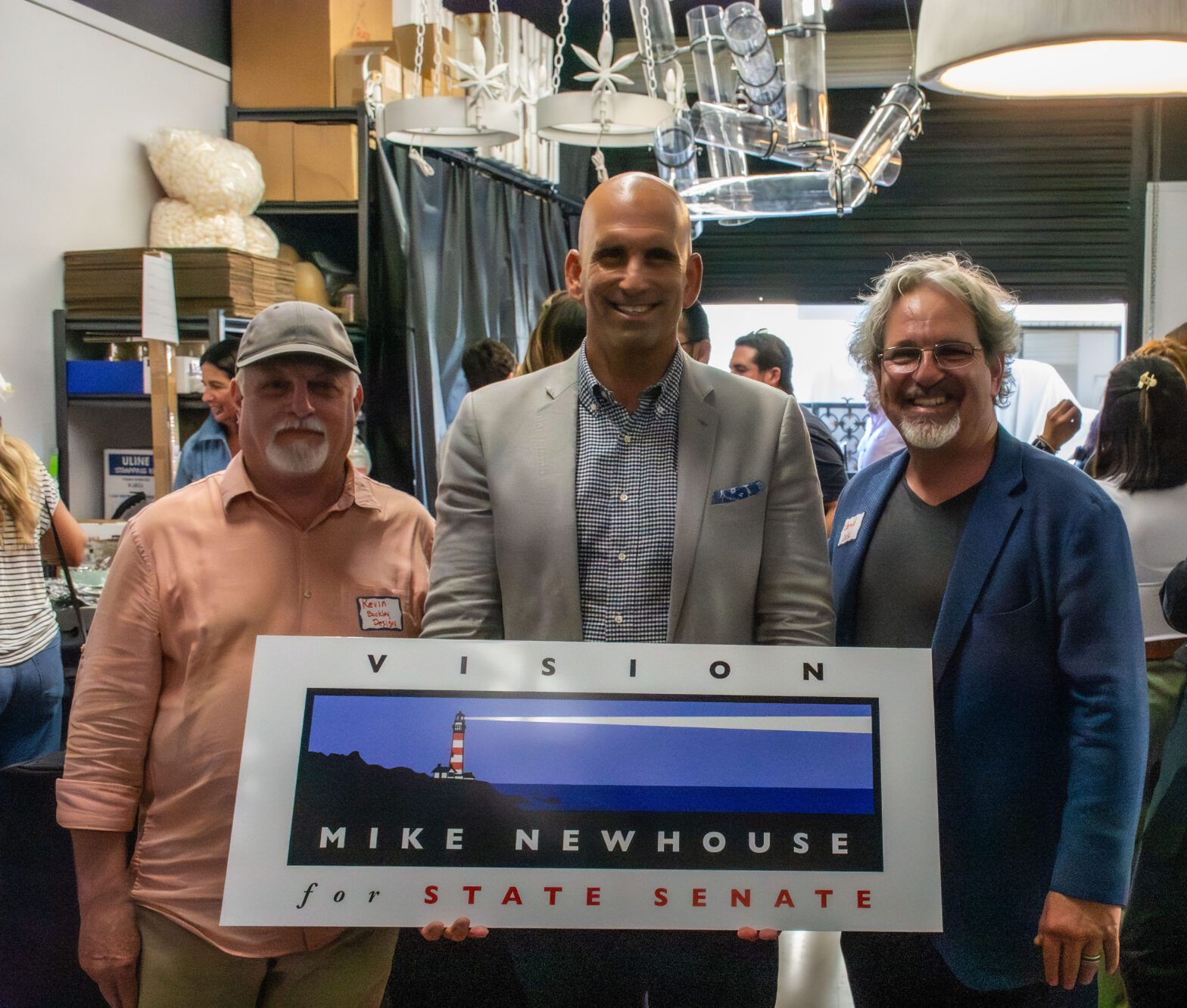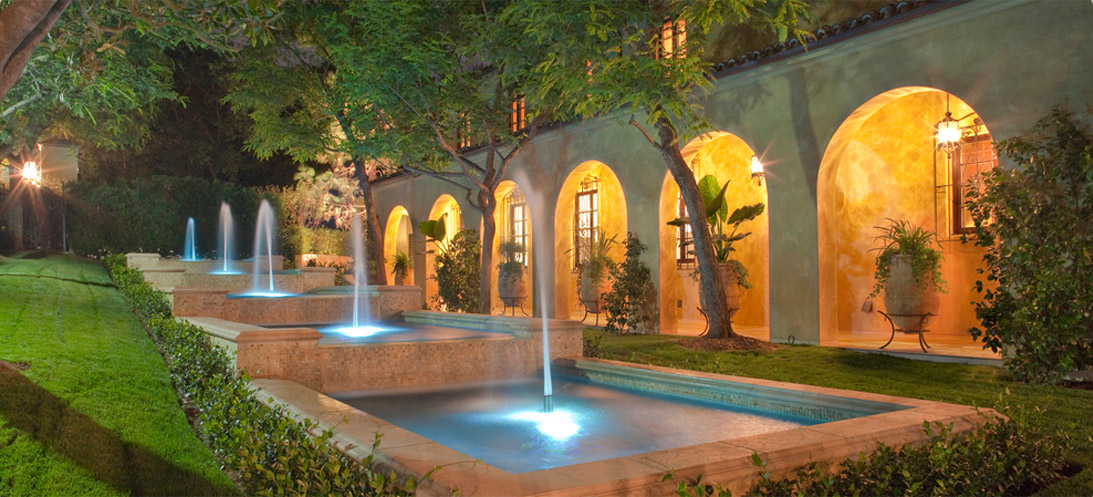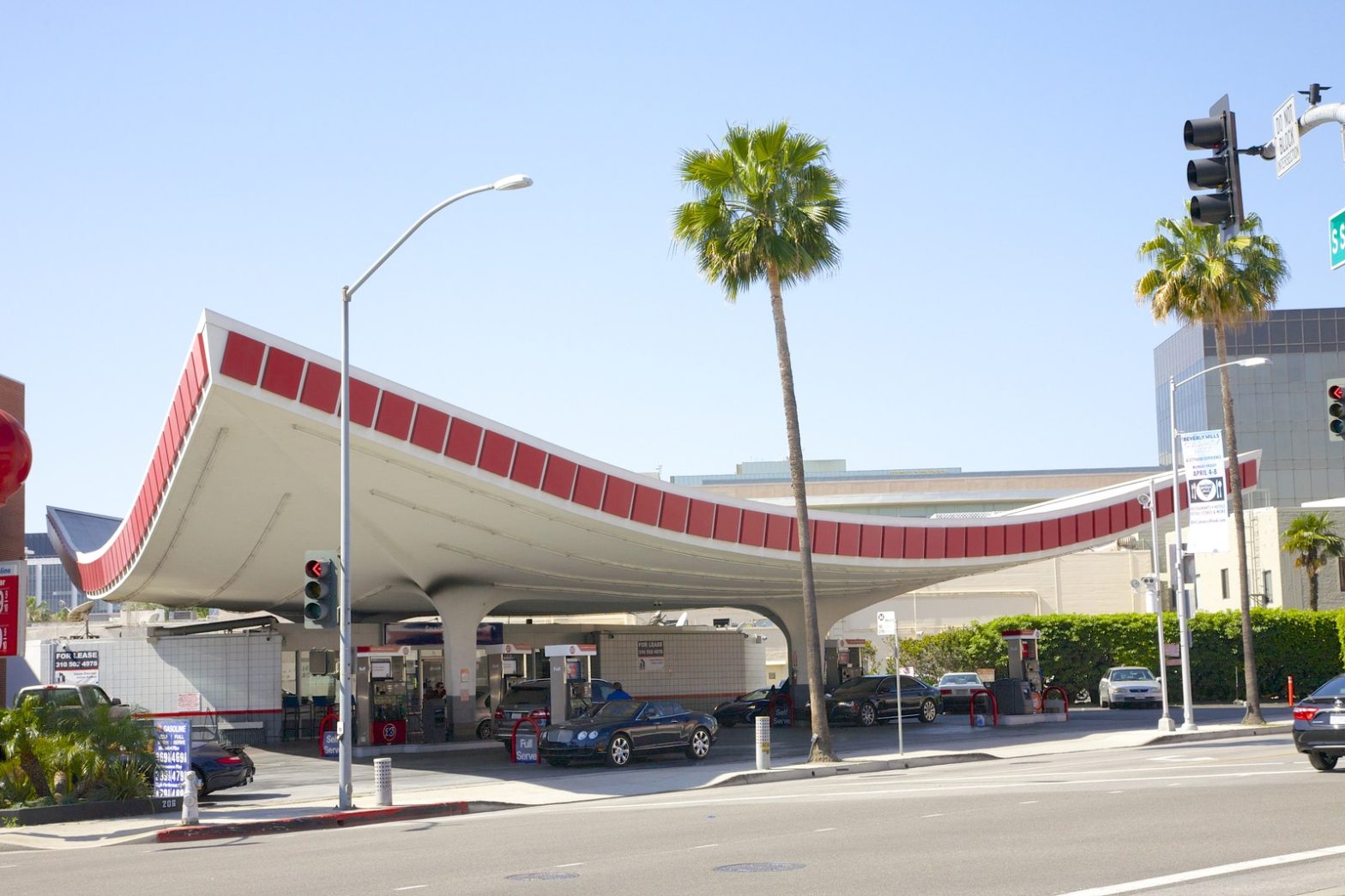
You’ve seen this futuristic, nostalgic type of architecture which was originally conceived in the 1930’s and referred to as Streamline Moderne. Streamline Moderne was a type of international art deco which got its inspiration from aerodynamic as well as nautical influences.
Once upon a time, this type of architecture graced our coffee shops, carwashes, and gas stations. It emphasized the promise of an exciting future and a taste of things to come. Unfortunately, this too came to an end as many buildings that were designed in this style have been demolished, and as an architectural style haven’t been taken seriously. Or, is that about to change?
This type of architecture went on to become very popular from the mid-late 1940s through the mid-1960s. Since our conception of the future wasn’t as advanced as actually going into the future, many of the influences were the cars, jets, and the existing science fiction of post-war America. Many who are familiar with the cartoon show “The Jetsons” have already seen a classic examples of Googie architecture.
The term Googie was taken from a coffee shop by the same name, designed by architect John Lautner in 1949, located on Sunset Blvd in Hollywood.
Googie architecture style became part of America’s pop culture. It was exciting because it was what Americans saw as living in the future now. Alan Hess, an architect who has written extensively on mid-century architecture, has made reference that in many ways Googie architecture delivered the grand promises of modern architecture. He said, “They were populist, employed new materials, and captured their purpose, place, and culture as vividly as any great architectural style.” He is an advocate for twentieth-century architectural preservation.
Hess wrote defending the idea of a McDonald’s in Downey being a historic landmark:
“How? It’s a design that’s inseparable from its time, place and people. That’s what really good architecture is.” As a true advocate, Alan Hess has both foresight and hindsight.
Check out some Googie architecture.
Credit: Blog images Architectural Digest
